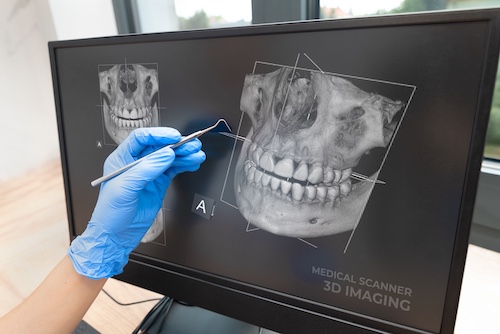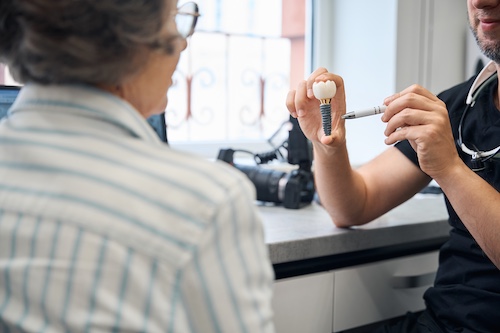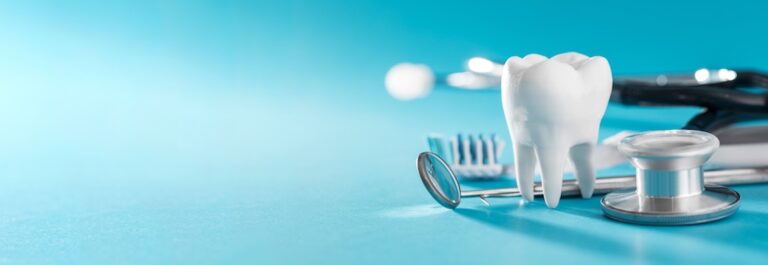Since teeth whitening has now become the number one aesthetic concern of many patients, there are many products and methods available to achieve a brighter smile.
Professional teeth whitening (or bleaching) is a simple, non-invasive dental treatment used to change the color of natural tooth enamel, and is an ideal way to enhance the beauty of your smile. Over-the-counter products are also available, but they are much less effective than professional treatments, and may not be approved by the American Dental Association (ADA).
As we age, the outer layer of tooth enamel wears away, eventually revealing a darker or more yellow shade. The color of our teeth also comes from the inside of the tooth, which may become darker over time. Smoking and drinking staining liquids, such as coffee, tea, and wine, may also contribute to tooth discoloration, making our teeth yellow and dull. Sometimes, teeth can become discolored from taking certain medications, such as tetracycline. Excessive fluoridation (fluorosis) during tooth development can also cause teeth to become discolored.
It’s important to have your teeth evaluated by your dentist to determine if you’re a good candidate for bleaching. Occasionally, tetracycline and fluorosis stains are difficult to bleach, and your dentist may offer other options, such as veneers or crowns to cover up such stains. Since teeth whitening only works on natural tooth enamel, it is also important to evaluate replacement of any old fillings, crowns, etc. before bleaching begins. Once the bleaching is done, your dentist can match the new restorations to the shade of the newly whitened teeth.
Since teeth whitening is not permanent, a touch-up may be needed every several years to keep your smile looking bright.
The most widely used professional teeth whitening systems:
Home teeth whitening systems: At-home products usually come in a gel form that is placed in a custom-fitted mouthguard (tray), created from a mold of your teeth. The trays are worn either twice a day for approximately 30 minutes, or overnight while you sleep. It usually takes several weeks to achieve the desired results depending on the degree of staining, and the desired level of whitening.
In office teeth whitening: This treatment is done in the dental office, and you will see results immediately. It may require more than one visit, with each visit lasting 30 to 60 minutes. While your gums are protected, a bleaching solution is applied to the teeth. A special light may be used to enhance the action of the bleaching agent whitening the teeth.
Some patients may experience tooth sensitivity after having their teeth whitened. This sensation is temporary and subsides shortly after you complete the bleaching process, usually within a few days to one week.
Teeth whitening can be very effective, and leaving you feeling more confident with a brighter, whiter smile!



